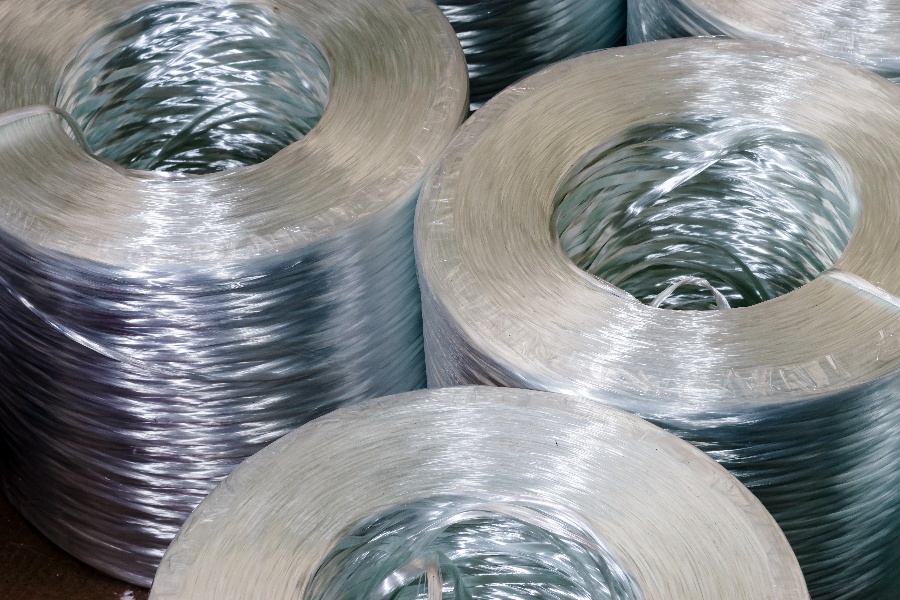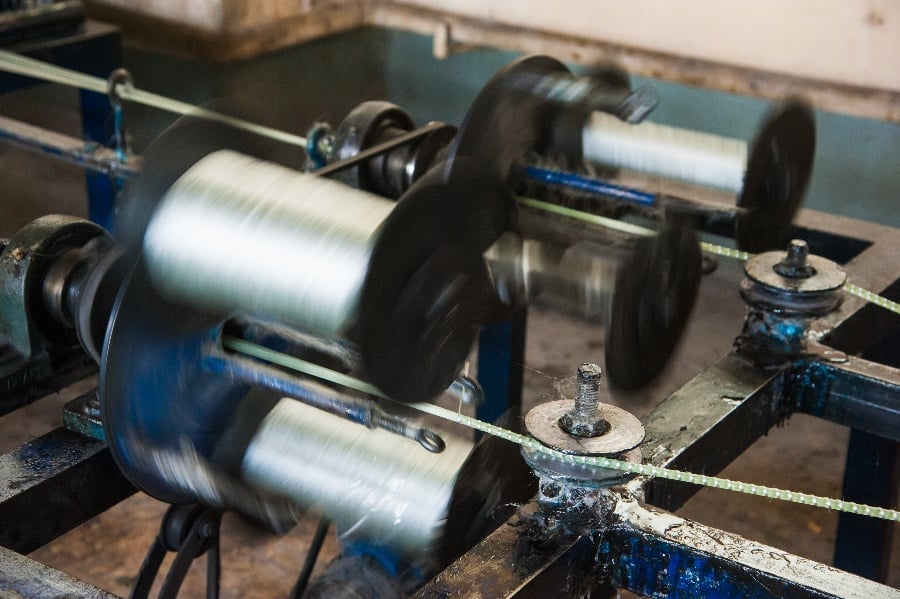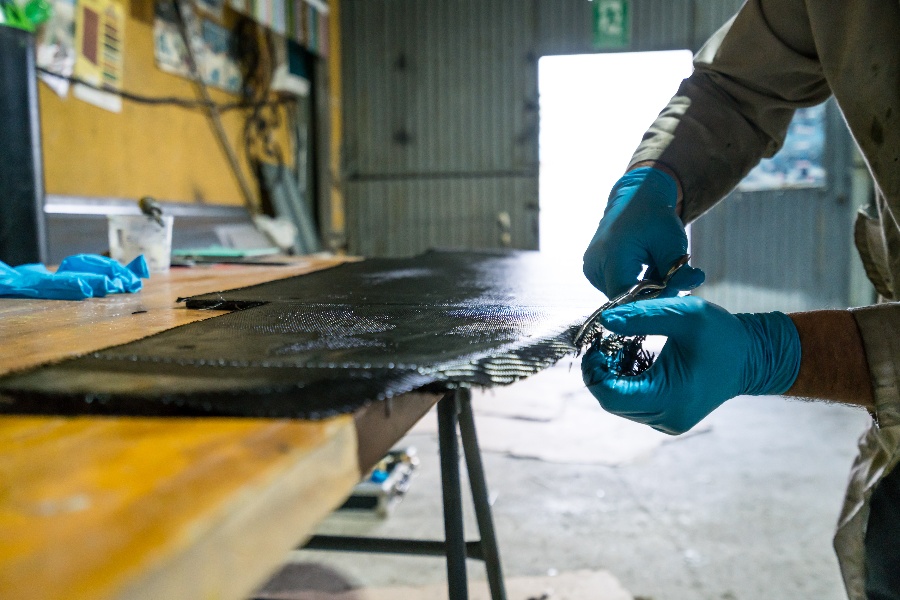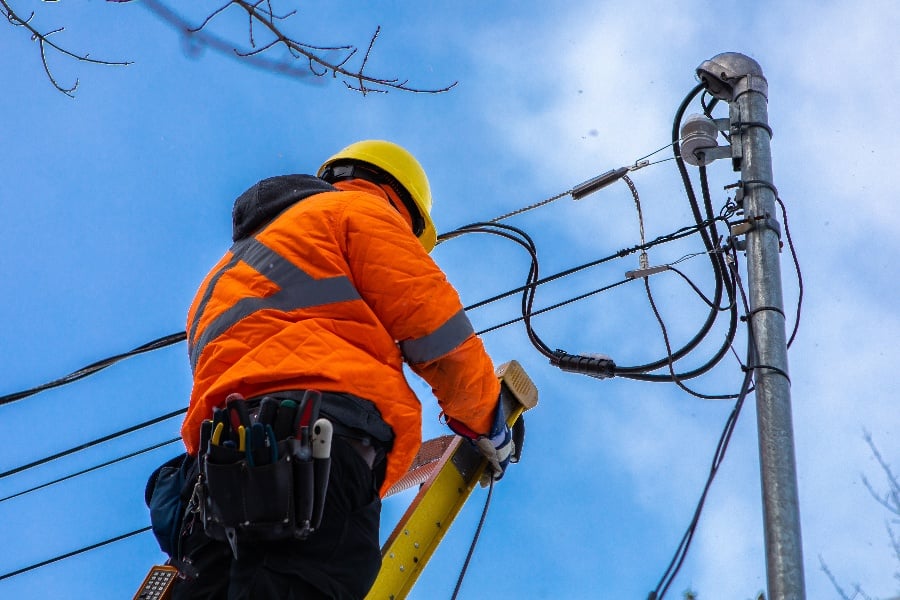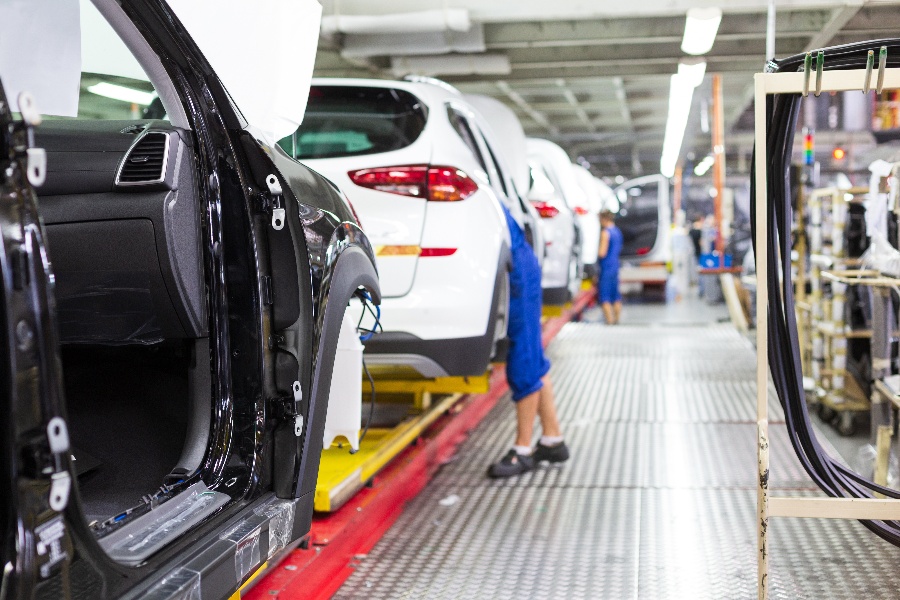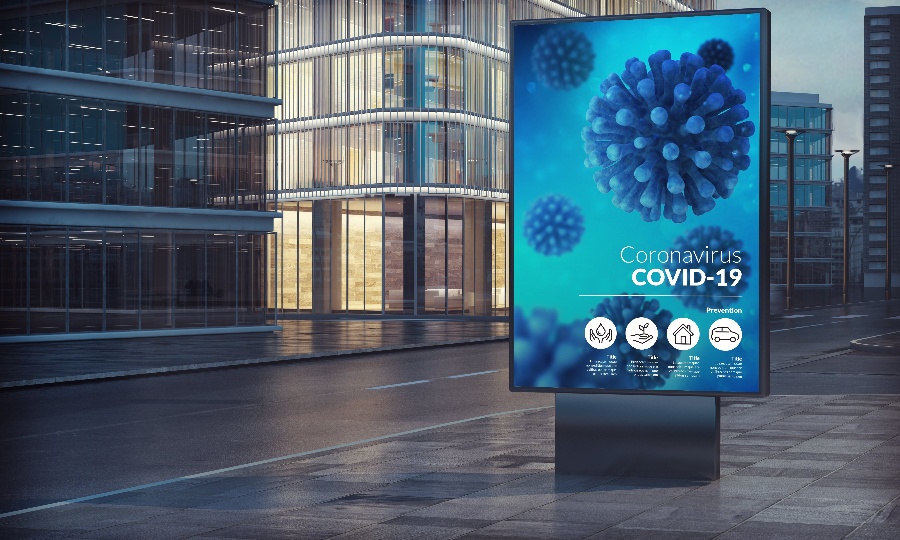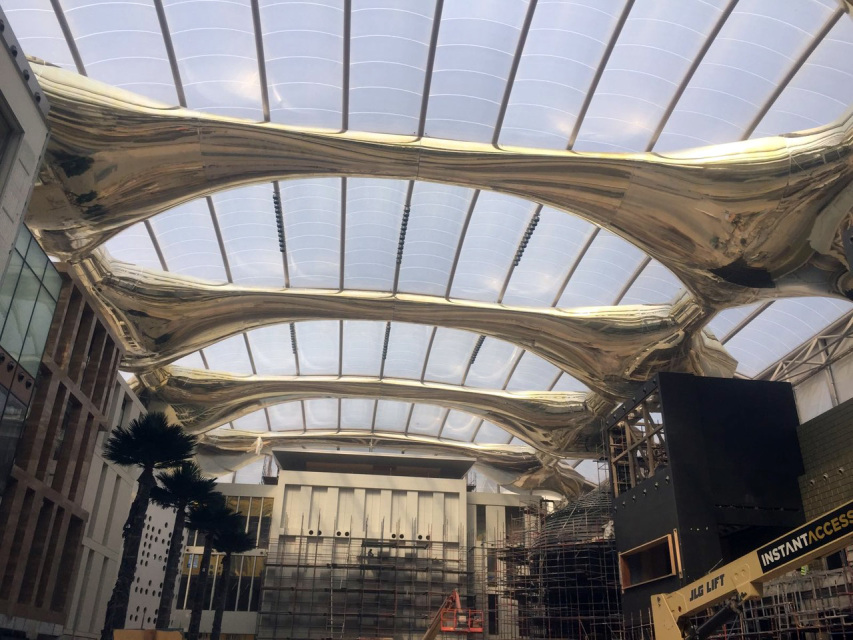
In recent years, pultruded products have gained rapid popularity across all industries for their lightweight, resistant properties and affordability.
Offering a far superior performance over other conventional building materials, pultruded products like fiberglass composites are dominating in fields like manufacturing and transportation.
As a natural material that has been used since the dawn of civilization, wood has served its purpose as a basic building block.
Now, it’s time for a material more resilient to take its place as a preferred and more long-lasting product with an extensive list of high-performance qualities.
Often referred to as fiber-reinforced polymer/plastic (FRP), pultruded products outlast and out-perform every other type of building material, including traditional wood.
Performance Properties
When comparing pultruded products to wood, there are a lot of factors to consider.
Three things to think about during this comparison are:
1) lifespan of product
2) thermal resistance
3) weight
At present, wood is typically seen as crossbars, poles, and fences. But, no builder is building entire homes out of wood anymore.
The main reason for this is its lifespan. Without several coatings of harmful lacquers and chemical treatments, wood decomposes relatively quickly.
One commonly used structural timber is Douglas Fir. This material can warp, rot, and decay over time due to exposure to moisture, chemicals, harsh weather, insects, and even the sun.
To prevent natural corrosion, chemical preservatives must be applied to the wood, making it a hazardous waste product later on. This happens when chemically-treated wood products are discarded into landfills, they leach toxins into the environment.
With pultruded products, this doesn’t happen. Completely resistant to moisture, these FRP composites will remain unaffected even in the total immersion of water.
With UV additives and a surfacing veil fused into the composite, these building pieces are also resistant to weather conditions, insects, and harmful solar rays.
Due to these superior performance characteristics, the lifespan of pultruded products is significantly longer than that of wood products. FRP composites will not leach harmful chemicals back into the earth.
Pultruded products can also be used in high-temperature applications due to their non-conductive properties that come from the use of coated fiberglass rods. Wood, on the other hand, is highly-conductive even when it’s wet.
Even with a heat-resistant chemical coating, wood has been known to burn up quickly in the event of a fire. Pultruded products have a much higher heat tolerance, which makes them safe to use in building projects.
As for the overall weight, timber products are excessively heavy and difficult to move. FRP composite pieces are lightweight and are stronger. This makes pultruded products easier to manufacture, transport, drill, cut, assemble, and install.
Other Advantages
With pultruded products being stronger and lighter than timber products, they are ideal to use as beams and other supporting elements in large structures. The compression strength for pultruded fiberglass is measured at 30,000 psi.
Compare that number to the compression strength of wood which is measured at 1800 psi, and there’s really no comparison. Pultruded fiberglass is also more rigid than wood, making it safe to use in load-bearing structures.
Another benefit to being stronger and more rigid than wood is that pultruded products don’t require as many metal fittings.
As for customization, one might think that wood has the advantage over pultruded products, but this isn’t the case. While one can paint wood to be many different colors and feature unique designs, these paint jobs simply don’t last forever.
The wood must be primed, painted, and sealed with a protective topcoat to seal in the color and design. After some time, the sealant will eventually wear down, and the wood will lose its customized design.
This doesn’t happen with FRPs. During the creation process, various colors can be injected into the mixture to customize the final look of the product. Pigments can be added to the resin throughout the piece to create specific designs as well.
The best part about this coloring process is that it will never fade away. While wood finishes deteriorate over time, fiberglass composites will hold their colors and designs for as long as they are in use.
All of these main points play a major role in the final costs of each product. While timber products may be cheaper initially, pultruded products will end up costing less in the long run as they do not need maintenance or repairs.
The American Society of Civil Engineers (ASCE) estimates that the United States needs to spend approximately $4.6 trillion to make the appropriate repairs to wood structures throughout the country by 2025.
By switching to FRP composite materials, this type of expensive renovation can be avoided in the future.
Examples of Use
Natural disasters are the most common cause of downed poles and power lines. Ice storms and high winds associated with tornadoes and hurricanes can wreak havoc across cities all over America.
These poles have been almost exclusively made from timber products for decades. By replacing them with FRP composite poles, local residents and businesses will be able to keep the lights on during these inclement weather conditions.
When Hurricane Odile hit the Baja Peninsula in 2014, only the wood poles were downed by the hard winds. The Mexican government had replaced every fifth pole with resilient FRP poles, and those were the only ones left standing in the aftermath.
It’s also quite easy to install these new, resilient poles. They can be made as 13-foot sections and pieced together on-site. This makes transportation much easy and the installation process much faster.
Conclusion
After studying the various differences between pultruded products and wood, it’s easy to see how the FRP composites are superior to timber. Resistant to corrosion, heat damage, and even insects, these lightweight products are easy to install and have a much longer lifespan.
As a superior alternative to wood for commercial and residential building projects, pultruded products are continuing to dominate the US and global markets. Growth shows no signs of stopping any time soon.
On all fronts, pultruded products have the ability to replace much of the traditional wood products used in infrastructure, construction, and utilities. This paves the way forward for FRPs in a world with ever rising material costs.



